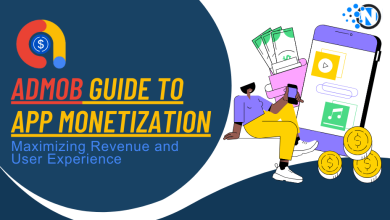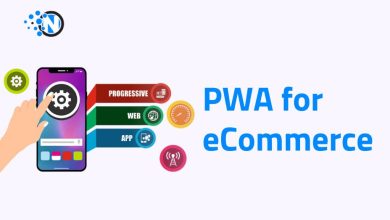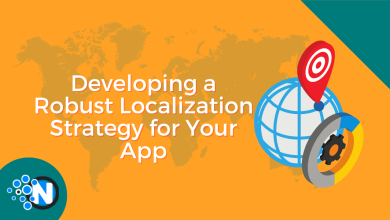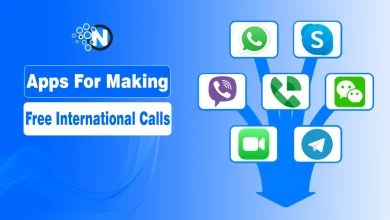Celadonsoft’s Comprehensive Guide to Testing Food Delivery Apps
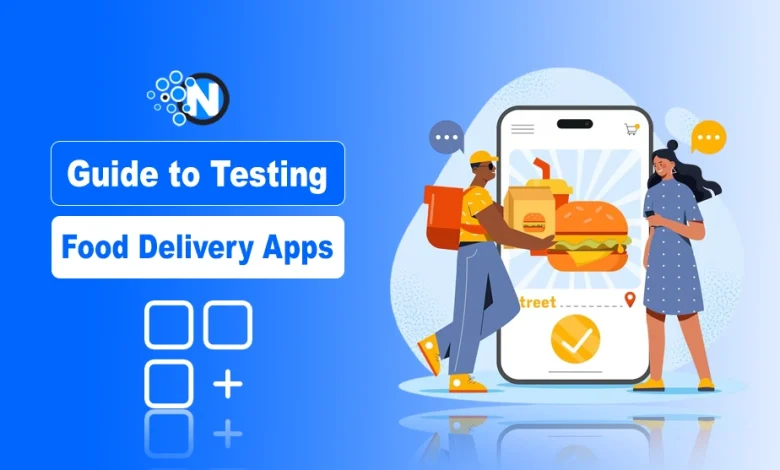
Testing Food Delivery Apps today is not only convenient, but a necessity. Users require lightning-fast boot, seamless navigation and flawless work. At the same time, the market is more competitive: from local small services to international giants, everyone wants to take a place in the user’s smartphone reliability
We at Celadonsoft have invested years in the implementation and testing of mobile delivery, logistics, and eCommerce solutions. And we can confidently say: quality is not an option, but a condition for survival in the delivery business. Payment problems, order processing mistakes, or mistakes with tracking the courier can make your company lose repeat customers.
Why Did We Create This Guide?
We have developed this guide to share our approach to Testing Food Delivery Apps. This material will be useful for:
- Developers and QA engineers of such products (you can visit page about food delivery development);
- Companies about to launch a delivery service;
- Technical teams that need a solution to improve their product quality without losing the development pace.
What’s Inside?
In the article, we will explain:
- Which testing areas should be addressed first;
- How to consider real scenarios of users’ behaviour
- How to stack automation without strangling the command;
- And why UX-tests aren’t a “nice addition” but the magic of a good product.
We won’t recite the docs or discuss the obvious things, quite the opposite, we’ll show you what really works in practice and how we apply it in Celadonsoft.
Application Architecture: The Evaluation of Efficient Testing
When building and Testing Food Delivery Apps, the architecture is not an internal organization. Architecture is what stability, scalability and ease of application support are built on. In Celadonsoft, we always start with architectural analysis, because quality testing is not possible without clean and well-conceived architecture.
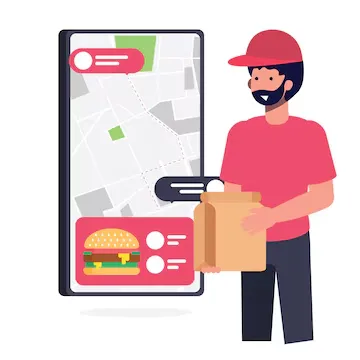
Modularity = Controllability
Modular architecture allows the development and QA teams to operate independently and in parallel. We attempt to make each major block — authorization, payment system or order tracking block — independent with clearly defined interfaces. This allows unit testing to be simple and speeds up defect detection.
In addition, the modularity allows quick adaptation to new business without putting existing functionality at risk. In delivery projects this is particularly important: restaurants and aggregators often update the API, change business rules and UI/UX.
Sophisticated Integrations Need to Be Closely Monitored
Application delivery for goods — it is always the interplay with a world of outside systems: restaurant locations, payment systems, third-party delivery companies, push services. It is in the architectural design stage that we create levels of abstraction that will allow us to decouple outside dependencies and make them failure-resistant.
It matters to us that external APIs can be rapidly soaked and tested in a staging environment. This is particularly useful for automation, both API testing and end-to-end scripts.
Built-in Logic Tracking and Testing
Also on the architecture level, we put tools for user path logging, monitoring, and tracing. Not only does this help with QA work, but also with transparency for product teams and support. If a user reports an “invisible” bug, we know how to locate it.
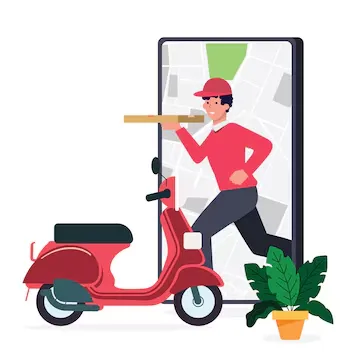
Functional Testing: Correct Working
For Testing Food Delivery Apps, the user interface depends on the smooth working of all components. Here, through functional testing, we at Celadonsoft focus on confirming all primary functions — registration through delivery tracking — to make sure that all user actions work perfectly.
This is how we plan functional testing:
Registration and Authorization
We test for correctness in all cases of registration:
- via email and password,
- via social networks (OAuth),
- Two-factor authentication.
We are particularly careful with edge cases: re-registration with previously used email, invalid input, password restore. Our team also test session behaviour and exit logics from the system.
Search and Filter
The user should be able to discover the right dish or restaurant quickly. We run tests:
- The correctness of filtering by categories, tags, cuisine types;
- The relevance and completeness of search results;
- For stability of large volumes of data.
It also checks behaviour on bad input and null returns using mobile analytics tools. These sorts of things are easily forgotten, but they are absolutely crucial to the UX.
Booking
This is the heart of the app. We test the entire user flow:
- adding and removing items from the basket,
- application of promotion codes and discounting,
- selection of delivery options and timing,
- Edit the order before and after confirmation.
We test scenarios when the user exits the design screen, returns again, changes the order composition and handles push notifications.
Payments
The financial side requires special attention. We check:
- Correct integration with payment gateways (Stripe, PayPal, etc.,)
- Behaviour on errors (cancellation, insufficient balance, lost connection),
- Refund and correct display of transaction status.
It is necessary to ensure that all transactions are secure and sensitive information is not stored locally or transmitted in open form.
Order Tracking
After registration, the customer expects delivery and actively uses tracking. We monitor:
- Display of order status at any stage – from confirmation through to completion,
- Correct the courier location in real time,
- System reaction to force majeure: order cancellation, delivery delay, courier change.
We take extra care in syncing the backend, the user interface and the courier app – delay is very important.
Performance Testing: Stability Under Load
Performance is critical for Testing Food Delivery Apps. Lightning response is expected by the user, especially during peak hours. Slow menu loading or delayed payment could result in not just one order, but the customer as well. At Celadonsoft, we take a comprehensive approach to performance testing with a focus on actual operating conditions and solution scalability.
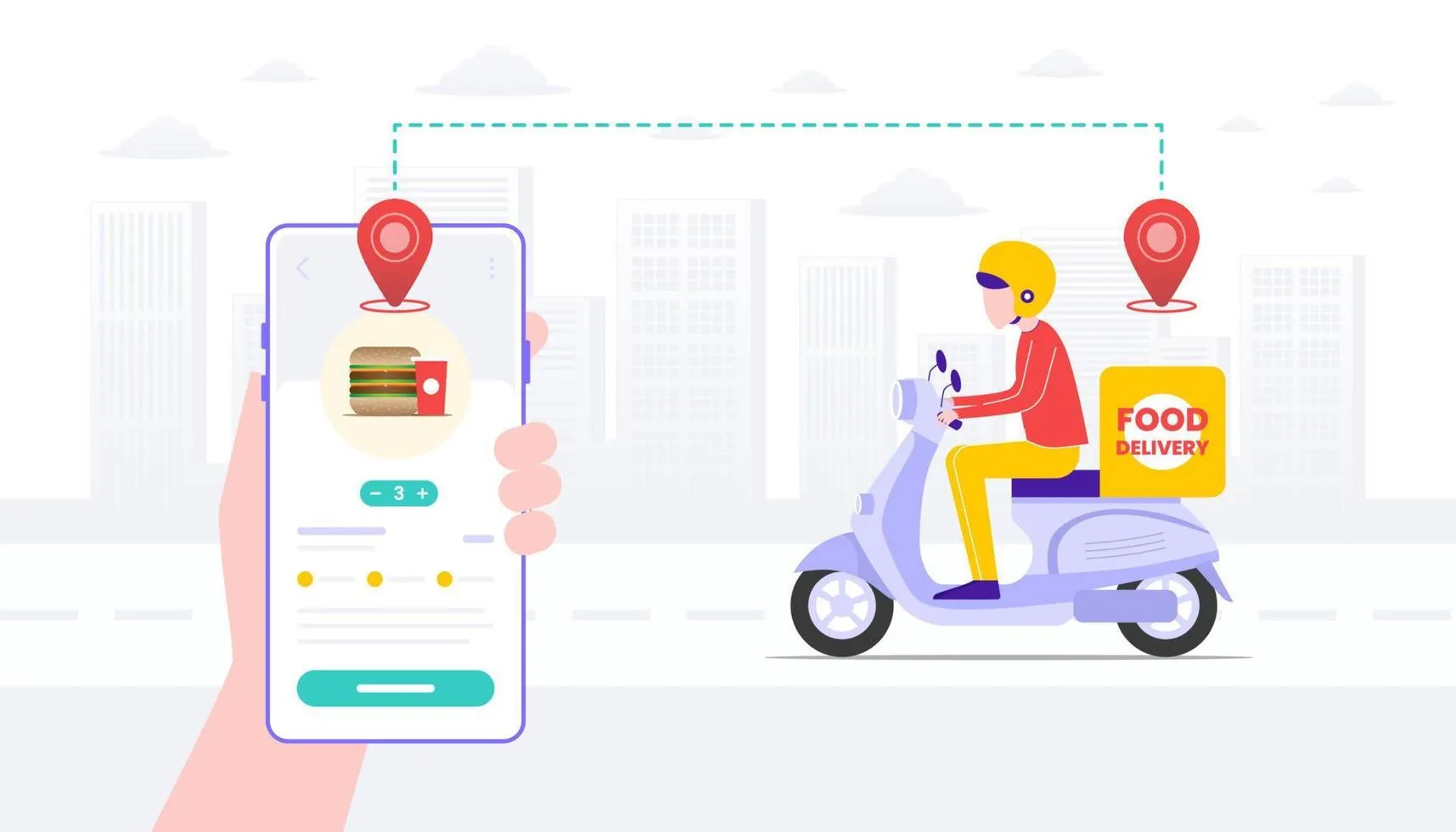
Load Testing: What Will the Application Do Under Load?
We reproduce heavy-load scenarios – e.g., large orders at holidays or surprise promotions with short notice. Using tools like JMeter, Gatling and Locust, we mimic thousands of users’ concurrent connections and analyze the system’s response:
- Backend resilience under high number of requests;
- Response time of the API and its performance degradation when the load increases;
- Database under heavy competition for resources.
Not only should it withstand the load, but also ensure smooth degradation, when the application still works even during high traffic.
Response Time: Speed = Confidence
We track key response times:
- Home screen loading;
- Server response to food search;
- Check-in time and order confirmation;
- Real-time mapping and geolocation.
If it’s too sluggish to respond on mobile networks, that’s a bug. We test for 3G/4G/5G and flaky networks to make sure that the user is provided a decent experience regardless.
Optimization of Resource Usage
High performance is not merely speed, but also frugality. We optimize:
- RAM usage;
- Processor utilization;
- Energy consumption for long sessions;
- Background task (e.g., delivery tracking) on battery.
Security Testing: Protection of User Data
In ordering food applications, safety is not just a checkbox in the cheque sheet, but a real user trust and compliance factor. We at Celadonsoft understand how critical it is to protect data in an electronic ecosystem where transactions, individual data and logistics are in real-time interaction.
We adopt security testing as a multi-layer process. Below are the key things that we thoroughly check at each phase of the project.
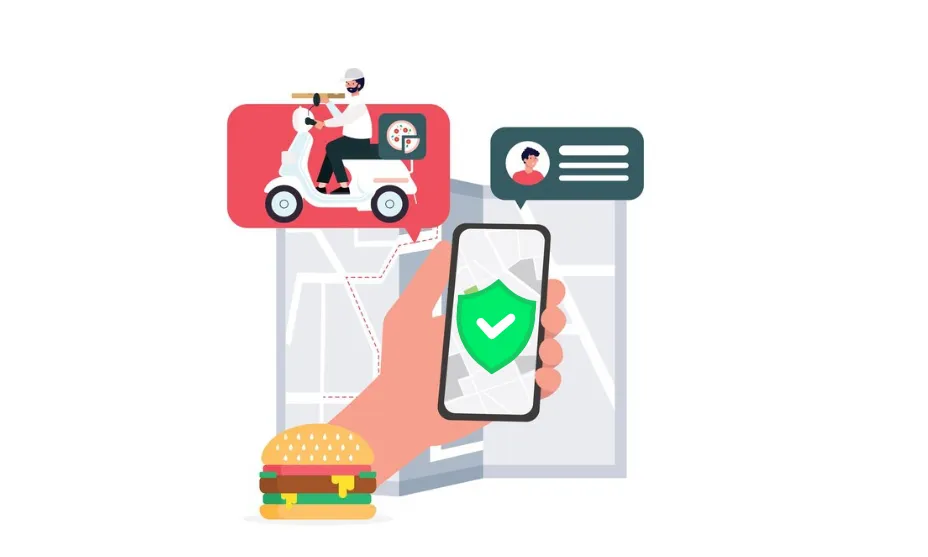
1. Data Encryption in All Aspects
Data transmission and storage is a high-risk area. We ensure that the application is TLS 1.2+ enabled for data transmission and sound encryption algorithms (e.g., AES-256) to encrypt sensitive data storage: from users’ profiles to payment history and order information.
We also inspect the local storage: cookies, SharedPreferences, Keychain – wherever there can be a leak, secure practices should be implemented.
2. Authentication and Session Management
We check the strength of authentication mechanisms: whether OAuth, SMS codes or two-factor authentication. Extra attention is paid to defence against brute-force attacks and token interception.
Session management is also important. Sessions must be finished off correctly when the user logs out or after a timer. We ensure that there are no active vulnerabilities when the session is finished (e.g., tokens in device memory).
3. Access Control and Authorization
At the back end level, we should ensure that any API request passes through proper access rights. We validate that the modified requests are capable of seeing another’s orders, modify delivery status or bypass bans.
This shall come into specific relevance when possessing diverse roles such as: client, courier, operator, administrator. We validate at our checklist level the segregation and access partition for all these roles.
4. Common Vulnerabilities Protection
In testing, we adhere to OWASP Mobile Top 10 as a baseline. From tests — defence against:
- Injection (SQL, Command),
- XSS and CSRF (if web interfaces),
- unsafe serialization,
- Leaks through external libraries.
We also perform code analysis for bookmarks, debugging interfaces and test keys that could be left behind while developing.
5. Regulatory Compliance
If the project is global in scope, compliance with international standards such as GDPR, CCPA or PCI DSS is a mandatory step. We not only check compliance but also provide recommendations for the technical implementation of necessary mechanisms: from a consent management system to incident reporting.
User Interface Testing: Convenience and Accessibility
When the user launches a food delivery app, he has only one requirement – everything must be simple, quick and clear. That is why for us testing the user interface (UI) is not only a task, but a priority.
- Usability: We test how straightforward the interface is to use for different kinds of users: one-time customers ordering once, returning customers visiting once a day. During the test we focus on the logic of user flow, steps before ordering, icons understandability, buttons and visual hierarchy.
- Cross-platform: We test UI on a range of devices and operating systems – from old Android phones to the latest iOS versions. This ensures that regardless of platform, the user gets a stable and consistent experience.
- Adaptability and response: The mobile app should work as well and look lovely on tablet and smartphone alike. We check how interface elements are scaled, resized to different resolutions and DPI.
- Accessibility: We apply the WCAG guidelines and include screenwriters, contrast themes and other accessibility features in our scenario testing. This becomes important if your app is designed for a big audience.
Field Testing: At the User’s Doorstep
Real users are real chaos. And our role is to be prepared for anything. We take away the testing from the laboratory and mimic the actual conditions in which the application will be executed.
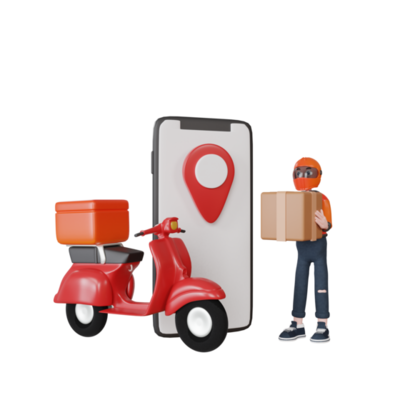
Network Conditions: 5G to Edge
We simulate various internet speeds and test how the application behaves on loss of connection, Wi-Fi and mobile network switching, and extended periods of inactivity. This is especially important for real-time delivery tracking functionality.
Geography and Localization
Cities – worlds apart. We verify the application for time zones, currencies, localized lines, address formats and telephones. Multi-language support, regional scenarios adaptation – all is a separate test cycle.
User Behaviour: Test the Case of Life
The circumstances we create not only stem from needs, but from real user behaviour. Examples include “The user orders something, then drives into a tunnel”, “Promo code cannot be used – the user is angry”, “The same order is repeated on three devices”. The more real, the better the system.
Conclusion
Creating a food delivery app is not just coding. It’s a whole environment where each and every element can affect the user experience and ultimately customer retention.
At Celadonsoft, we do not view testing as a last-line pre-launch check, but as an integral part of the entire development process. The combined methodology, from UI to performance, security, real-world environments and automation, allows us to create really stable products.
It is our purpose to help businesses not only to deploy an application, but to have it be simple, trustworthy and scalable. What this means is that every order your user places will be followed by a seamless, painless and predictable user experience.

